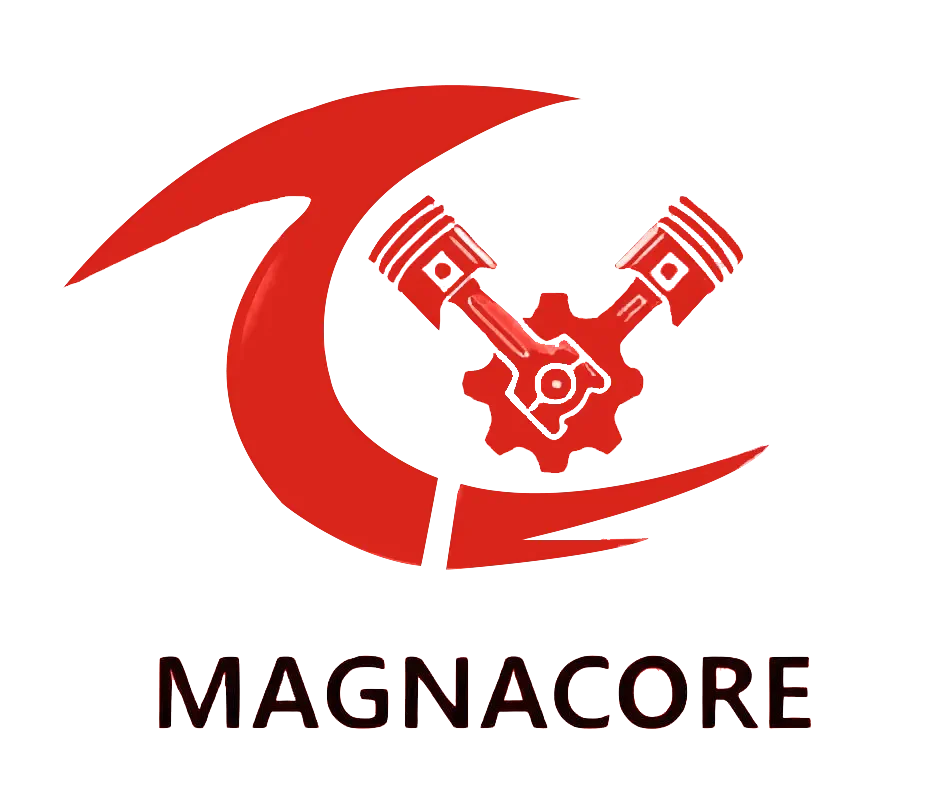Permanent Magnet Synchronous (PMS) motors are prized for their efficiency and durability in industrial applications.
However, like all critical equipment, they require regular maintenance to prevent unexpected failures and maximize operational lifespan.
This guide provides actionable checklists to help you implement an effective preventive maintenance program for your PMS motors.
Why Is Preventive Maintenance Crucial for PMS Motors?
Preventing Costly Downtime
Preventive maintenance is essential for avoiding costly downtime associated with unplanned motor failures.
When a motor unexpectedly fails, it can halt production lines for hours or even days, leading to significant financial losses and disruptions in workflow.
Regular maintenance routines help identify potential issues, such as wear and tear or misalignments, before they escalate into major breakdowns.
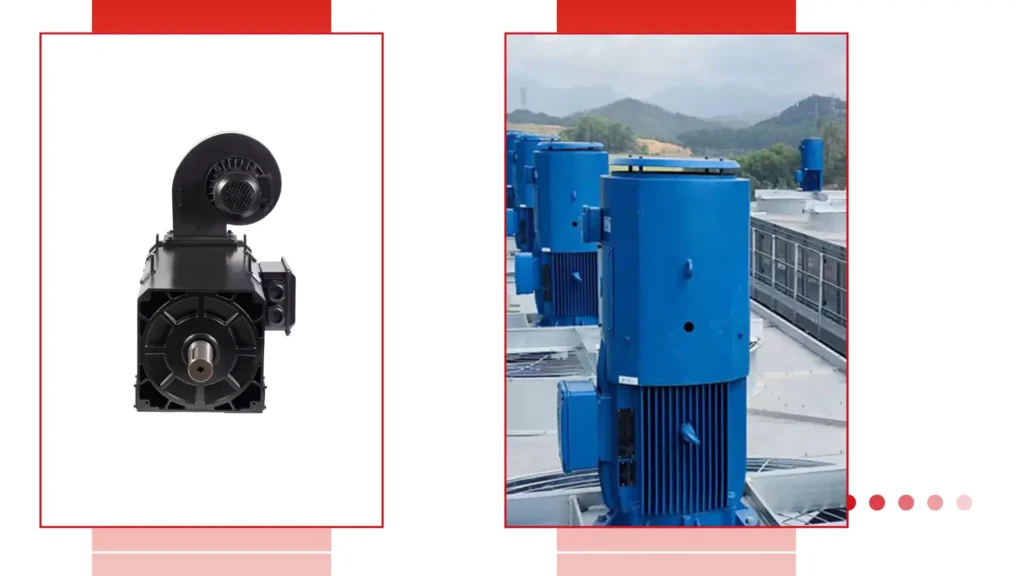
Maintaining Peak Efficiency
PMS motors are designed to operate at high efficiency, but this efficiency can decline over time if components begin to wear out.
Regular maintenance is crucial for ensuring that the motor continues to function at optimal energy-saving performance.
Tasks such as cleaning, lubrication, and component inspection help maintain the motor’s efficiency, reducing energy consumption and operational costs.
Keeping the motor in peak condition not only enhances performance but also contributes to a more sustainable operational model by minimizing unnecessary energy use.
Extending Equipment Lifespan
Well-maintained PMS motors can enjoy a significantly extended lifespan, often lasting 20-30% longer than those that are neglected.
This longevity translates to a better return on investment (ROI) for businesses, as they can rely on their motors to perform effectively over a longer period.
Regular preventive maintenance practices, such as checking for wear, ensuring proper lubrication, and addressing minor issues promptly, help maximize the lifespan of the equipment.
Investing in maintenance not only preserves the motor’s functionality but also contributes to overall cost savings in the long run.
What Daily Checks Should Be Performed?
Visual Inspection for Obvious Issues
Conducting a visual inspection is a fundamental daily check for identifying obvious issues with the motor.
Key aspects to look for include unusual vibrations or noises that could indicate mechanical problems, such as misalignment or bearing wear.
Performing this simple visual inspection regularly can catch problems early and prevent more serious complications.
Temperature Monitoring
Temperature monitoring is another critical daily check that helps ensure the safe operation of PMS motors.
Using an infrared thermometer, operators can identify overheating bearings, with temperatures above 85°C being particularly concerning. Elevated temperatures can indicate excessive friction or insufficient lubrication.
Regular temperature checks allow for timely interventions, helping to prevent failures related to overheating and ensuring the motor operates within safe limits.
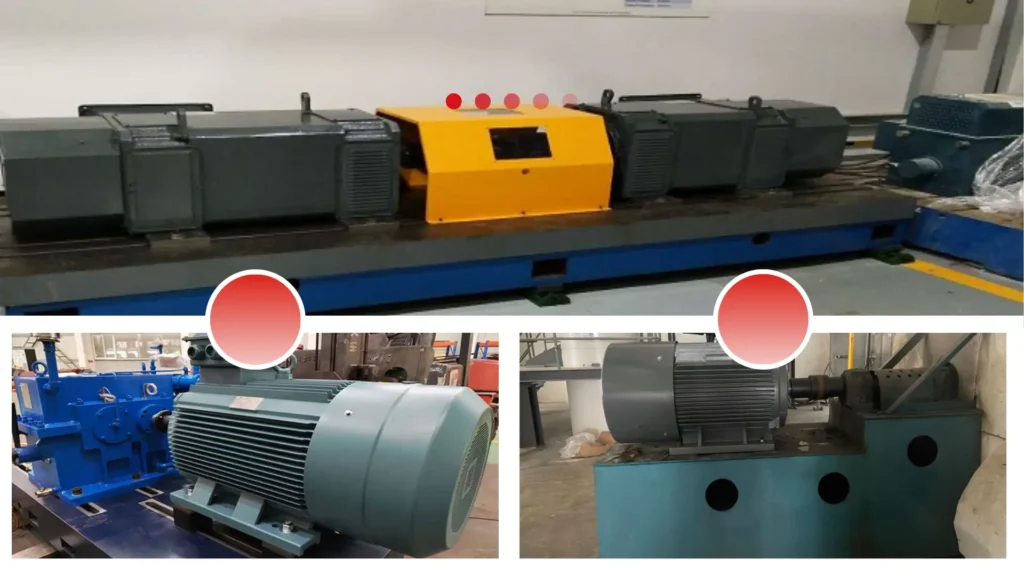
Basic Electrical Checks
Basic electrical checks are essential for maintaining the integrity of PMS motors.
Verifying terminal tightness is crucial to prevent arcing, which can lead to electrical failures and safety hazards.
Ensuring that all electrical connections are clean, secure, and in good condition supports the overall reliability and efficiency of the motor.
And More:
- A Comparison of Permanent Magnet AC and DC Motors
- Top 10 Permanent Magnet Motor Manufacturers in Ethiopia
What Weekly Maintenance Tasks Are Essential?
Bearing Lubrication Inspection
Inspecting bearing lubrication is a critical weekly maintenance task that ensures smooth motor operation.
Check the grease levels if the motor employs a greased bearing system, as insufficient lubrication can lead to increased friction and wear.
Regularly assessing lubrication helps prevent bearing failure, ensuring that the motor operates efficiently and reliably over time.
Airflow and Cooling System Check
Maintaining proper airflow and cooling is essential for the longevity and performance of PMS motors. Regularly check and clear dust and debris from vents and fans to ensure unobstructed airflow.
Accumulated dust can hinder cooling efficiency and lead to overheating, which can damage the motor.
An effective cooling system helps maintain optimal operating temperatures, preventing overheating and extending the motor’s operational life.
Vibration Analysis
Conducting vibration analysis on a weekly basis is an effective way to detect potential mechanical issues in PMS motors.
Using a handheld meter, operators can assess vibration levels to identify imbalance issues or signs of misalignment.
Excessive vibration can lead to increased wear and tear on components, so early detection is crucial for preventing more serious problems.
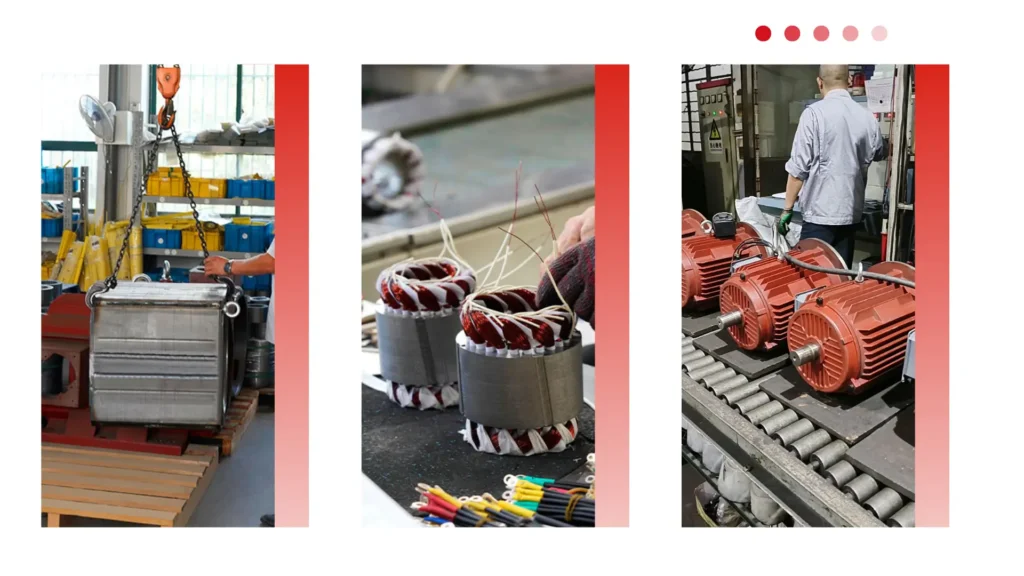
How Often Should You Conduct Thorough Electrical Testing?
Monthly Insulation Resistance Tests
Conducting insulation resistance tests on a monthly basis is vital for ensuring the integrity of motor windings.
Using a Megger testing device, operators can detect deteriorating winding insulation, which can lead to electrical shorts and failures.
Regular insulation resistance testing helps maintain electrical safety and reliability, allowing for timely repairs before serious issues arise.
Quarterly Phase Current Balance Check
Performing a phase current balance check every quarter is essential for identifying any unbalanced currents in the motor.
A variance greater than 5% between phases can indicate underlying issues such as voltage supply problems or winding faults.
Monitoring phase currents helps ensure that the motor operates efficiently and prevents overheating or damage caused by electrical imbalances.
Bi-annual Surge Testing
Surge testing should be conducted bi-annually to identify early-stage winding degradation and impending insulation failures.
This testing method applies a high-voltage surge to the motor windings, helping to highlight weaknesses in insulation and potential points of failure.
Early detection of such issues is crucial for preventing catastrophic failures that could lead to costly downtime and repairs.
Also Read:
- Steps for Permanent Magnet Synchronous Motors
- Overheating Solutions: Thermal Management in High-Performance Rare Earth Motors
What Annual Maintenance Should Never Be Skipped?
Complete Bearing Replacement
One critical annual maintenance task that should never be overlooked is the complete replacement of bearings, especially in continuous-duty motors.
Even with regular lubrication, bearings can wear out over time due to constant operation, leading to potential failures if not replaced.
Annual replacement ensures that the motor maintains its efficiency and reliability. Fresh bearings reduce friction and wear, contributing to smoother operation and extending the overall lifespan of the motor.
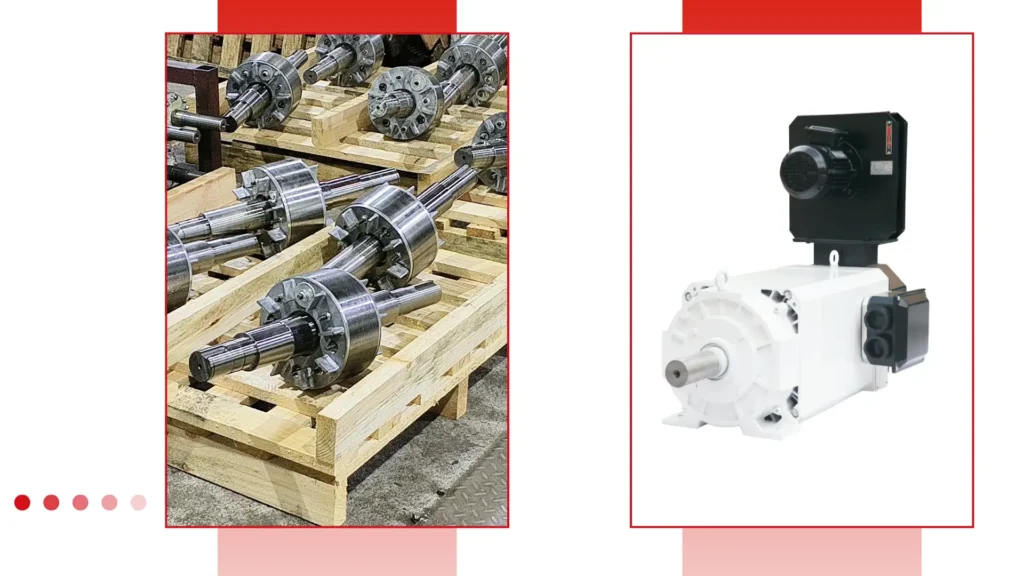
Full Alignment Verification
Conducting a full alignment verification is essential during annual maintenance to ensure optimal performance. Laser alignment checks are particularly effective for identifying shaft misalignment and coupling wear.
Misalignment can lead to increased wear on components, excessive vibration, and even premature failure of the motor.
Performing precise alignment adjustments helps maintain the integrity of the entire drive system, promoting smoother operation and reducing the risk of costly downtime due to mechanical failures.
Comprehensive Cleaning
A thorough cleaning of the motor is another vital aspect of annual maintenance that should not be skipped.
It is important to remove all dust buildup within the windings and any contaminants obstructing cooling paths.
Dust accumulation can hinder airflow and cooling efficiency, leading to overheating and reduced performance.
How Does Environment Affect Maintenance Frequency?
Harsh Conditions Demand More Care
Motors operating in harsh conditions, such as dusty, humid, or corrosive environments, may require more frequent maintenance to ensure reliability.
Weekly insulation checks in such settings are essential to detect any deterioration caused by environmental factors.
Adapting maintenance frequency based on environmental factors helps prevent unexpected failures and ensures that motors continue to perform effectively in demanding situations.
High-Vibration Applications
In high-vibration applications, such as crushers or compressors, equipment demands an increased maintenance frequency to address the unique stresses placed on components.
Bi-weekly vibration analysis is necessary to monitor for any signs of imbalance or misalignment that could lead to further wear or catastrophic failure.
Extra alignment checks should also be performed to ensure that the motor remains correctly positioned relative to its driven load.
Regular monitoring in these applications helps maintain operational integrity and minimizes the risk of downtime due to mechanical issues.
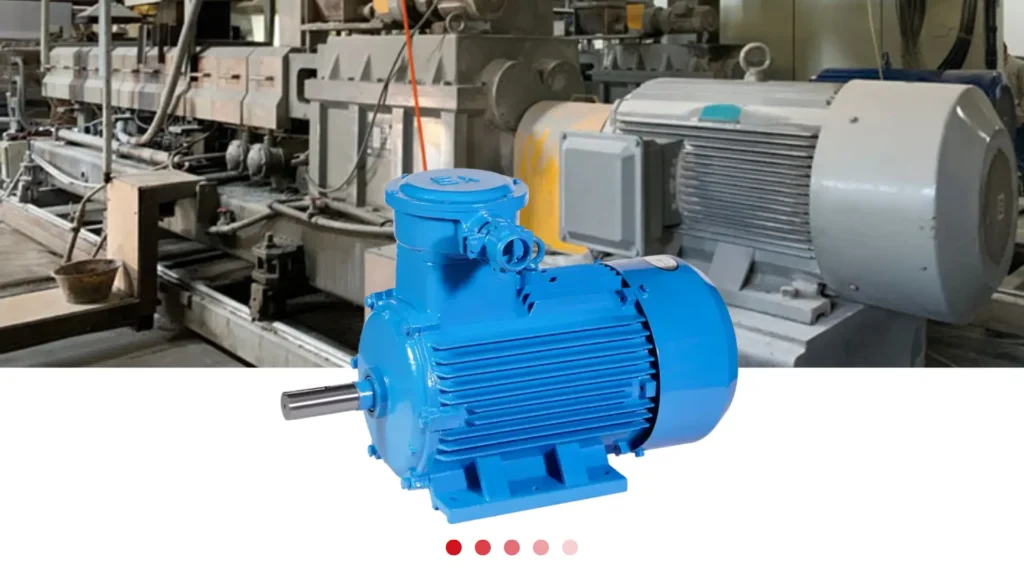
Extreme Temperature Operations
Motors operating in very hot or cold environments require special attention to ensure optimal performance and longevity.
In extreme temperatures, monitoring lubrication viscosity becomes critical, as extreme heat can thin lubricants while cold temperatures can thicken them, affecting their effectiveness.
Adjusting maintenance protocols based on temperature extremes ensures that motors remain reliable and efficient under challenging conditions.
And More:
- How to Evaluate the ROI of Rare Earth PMS Motors in Your Operations
- PMSM Motor for Industrial Use in China
What Tools Are Needed for Effective Maintenance?
Essential Diagnostic Equipment
Using essential diagnostic equipment is crucial for effective maintenance of PMS motors.
An infrared thermometer allows for quick temperature assessments, helping to identify overheating components that could indicate issues.
A vibration analyzer is critical for monitoring motor health, enabling technicians to detect imbalances or misalignments early.
Equipping maintenance teams with these diagnostic tools enables proactive identification and resolution of potential problems before they escalate.
Lubrication Supplies
Proper lubrication is fundamental to the longevity of PMS motors, requiring specific supplies for effective maintenance.
High-temperature grease is essential for ensuring that bearings and other moving parts operate smoothly under varying conditions.
Having the right lubrication supplies on hand ensures that maintenance tasks are completed efficiently and effectively, contributing to the overall reliability of the motors.
Safety Gear
Prioritizing safety during maintenance activities is essential to protect personnel and equipment.
Insulated gloves are necessary to safeguard against electrical hazards while working on live circuits or electrical components.
Ensuring that maintenance teams are equipped with appropriate safety gear minimizes risks and fosters a culture of safety within the workplace, allowing for maintenance tasks to be conducted confidently and without incident.
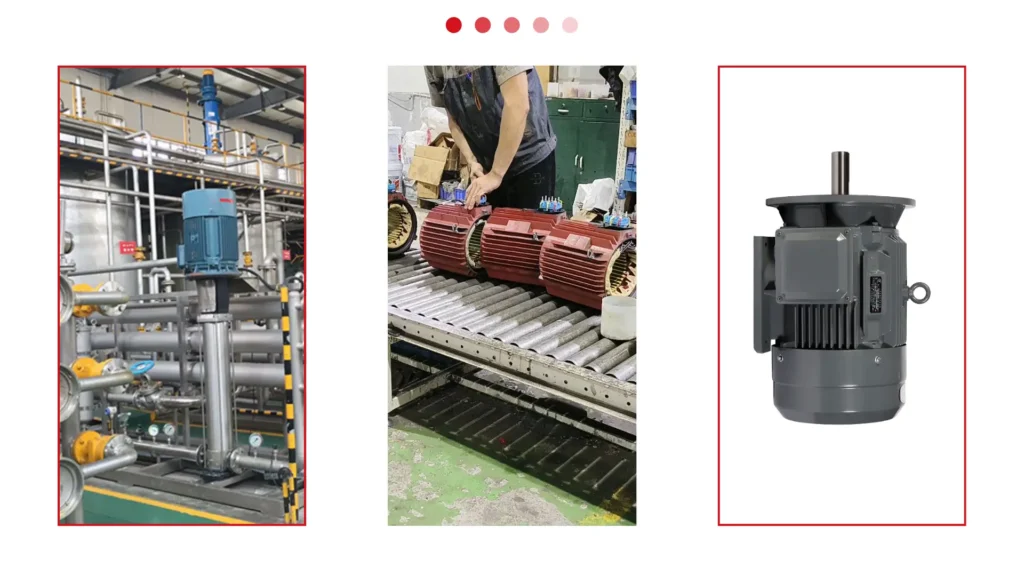
How to Document and Track Maintenance?
Digital Maintenance Logs
Implementing digital maintenance logs is an effective way to document and track maintenance activities for PMS motors.
Utilizing Computerized Maintenance Management System (CMMS) software allows users to record important information such as service dates, test results, and any components that have been replaced.
This digital approach streamlines record-keeping, making it easy to access and review maintenance history, which is invaluable for identifying recurring issues and planning future maintenance efforts.
Keeping accurate and organized logs ensures that all maintenance tasks are accounted for and helps maintain a comprehensive overview of motor health.
Trend Analysis
Conducting trend analysis is essential for predicting potential failures and optimizing maintenance schedules.
Analyzing these trends allows for data-driven decision-making, enabling proactive interventions before minor problems escalate into major failures.
This analytical approach enhances the reliability of PMS motors and contributes to overall operational efficiency, ultimately improving the bottom line.
Labeling System
Establishing a labeling system is an effective way to enhance maintenance tracking and organization.
Color-coded tags can be used to indicate the last service date and the next maintenance due date for each motor.
This visual system allows maintenance personnel to quickly assess the status of equipment at a glance, ensuring that no service intervals are missed.
An effective labeling system promotes accountability and helps maintain a consistent maintenance schedule, contributing to the overall health and efficiency of the motors.
Also Read:
Avoiding Counterfeits: How to Verify Authenticity of Rare Earth Magnets
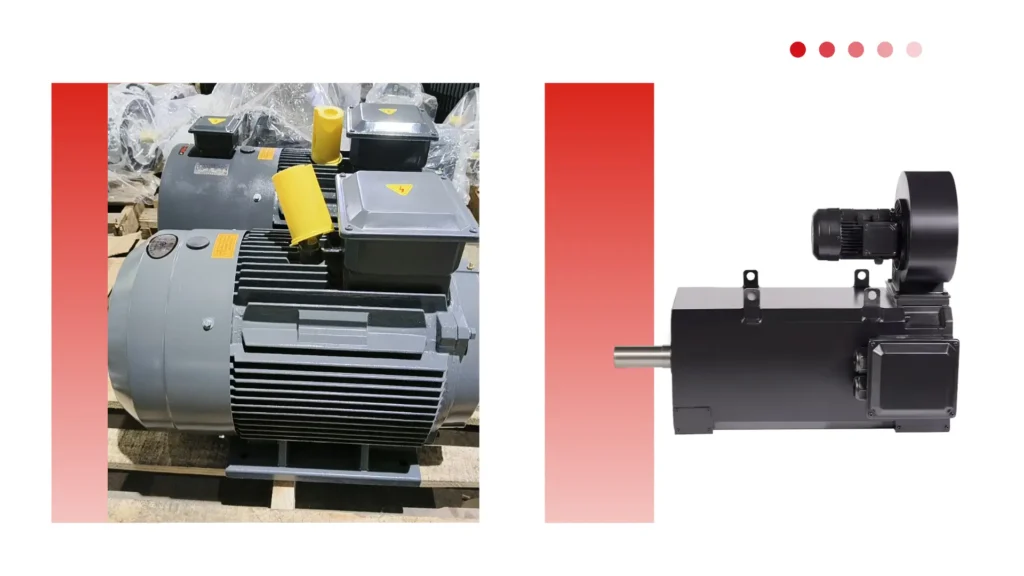
Conclusion
Proactive maintenance transforms PMS motors from disposable assets into long-term productivity boosters.
Implementing comprehensive checklists—from daily inspections to annual overhauls—minimizes downtime, sustains peak efficiency, and maximizes the service life of your motors.
A commitment to regular maintenance not only enhances performance but also ensures that your operations run smoothly and effectively over time.
